Home>Gardening & Outdoor>Landscaping Ideas>How To Remove Grass Between Pavers
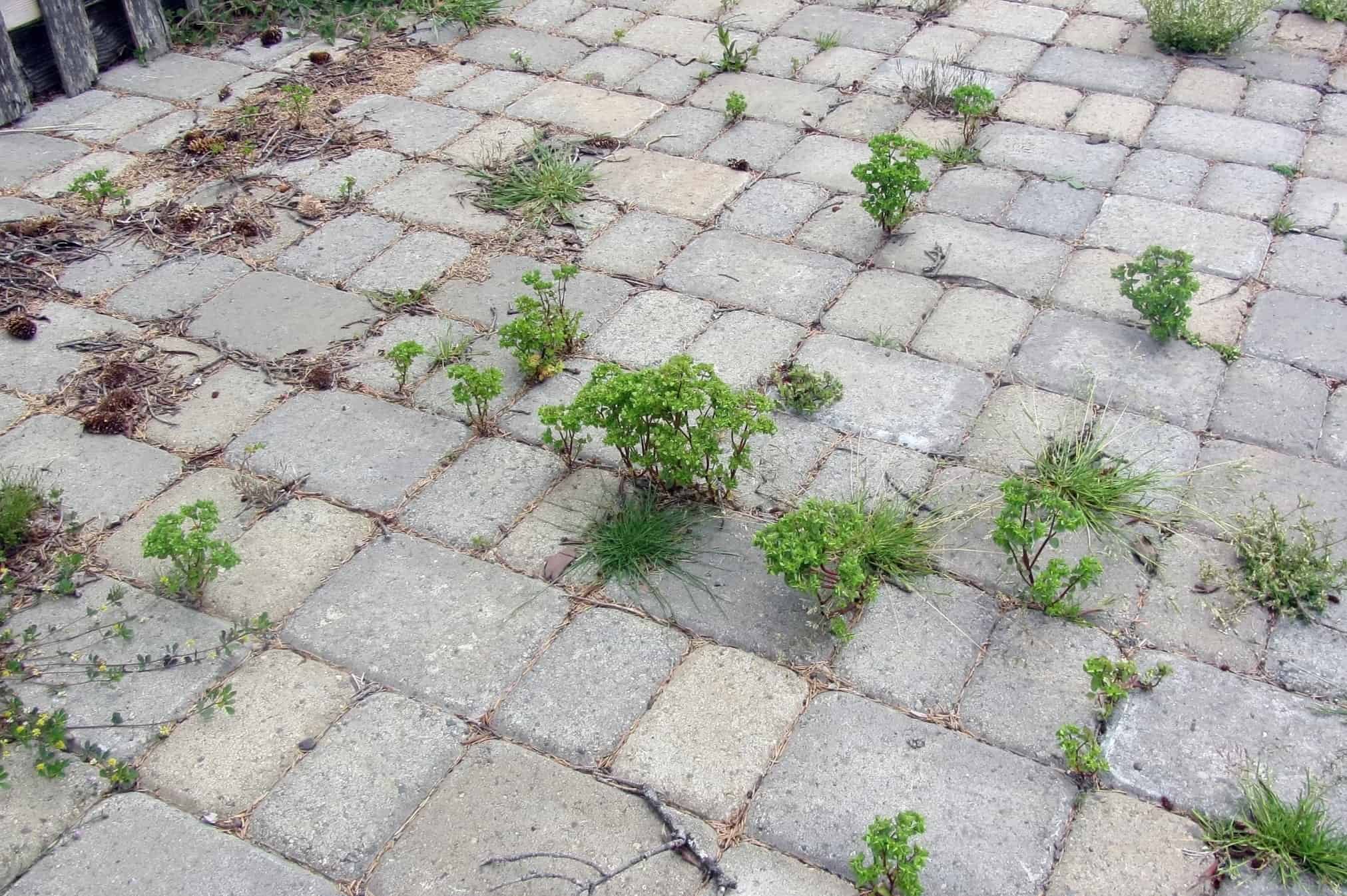

Landscaping Ideas
How To Remove Grass Between Pavers
Published: January 25, 2024
Learn effective landscaping ideas to remove grass between pavers. Discover easy techniques for maintaining a clean and polished outdoor space.
(Many of the links in this article redirect to a specific reviewed product. Your purchase of these products through affiliate links helps to generate commission for Storables.com, at no extra cost. Learn more)
Introduction
Grass between pavers can be a persistent nuisance that detracts from the beauty of your outdoor space. While the lush green of a well-maintained lawn is a sight to behold, it can be less appealing when it starts to encroach on your carefully laid pavers. Fortunately, there are effective methods for removing grass between pavers, restoring the clean and polished look of your outdoor surfaces.
In this comprehensive guide, we will explore various techniques for eliminating grass between pavers, from manual removal to using chemical solutions. Additionally, we will discuss preventive measures to hinder the regrowth of grass, ensuring that your pavers remain pristine for an extended period.
Whether you are a seasoned gardener or a novice DIY enthusiast, these methods are designed to be accessible and straightforward, allowing you to reclaim the elegance of your outdoor living space with ease. Let’s delve into the tools, materials, and step-by-step procedures to achieve a grass-free and visually appealing paver area.
Key Takeaways:
- Say goodbye to grass between pavers! Use a stiff-bristled brush and weeding tool for manual removal. Prevent regrowth with polymeric sand and regular inspections.
- Transform your outdoor space! Choose between manual removal or chemical solutions. Prevent regrowth with polymeric sand, vinegar, and regular maintenance.
Read more: How To Install Pavers With Grass In Between
Tools and Materials Needed
Before embarking on the task of removing grass between pavers, it’s essential to gather the necessary tools and materials to ensure a smooth and efficient process. Here’s a list of items you will need:
- Stiff-bristled brush
- Weeding tool or knife
- Gloves
- Protective eyewear
- Vinegar or commercial weed killer
- Sand or polymeric sand
- Broom
- Garden hose or pressure washer
These tools and materials are fundamental for the various methods of grass removal and prevention that we will explore. The stiff-bristled brush and weeding tool are essential for manual removal, while protective gear such as gloves and eyewear ensure safety during the process. Vinegar or a commercial weed killer can be used to eliminate stubborn grass, and sand or polymeric sand will aid in preventing regrowth. Finally, a broom and garden hose or pressure washer will help in the final clean-up and maintenance of the paver area.
With these tools and materials at your disposal, you’ll be well-equipped to tackle the task of removing grass between pavers effectively and with confidence.
Step 1: Preparation
Before diving into the process of removing grass between pavers, it’s crucial to prepare the area to ensure a successful outcome. Here’s a step-by-step guide to the preparation phase:
- Clear the Area: Begin by removing any furniture, planters, or obstacles that may obstruct access to the pavers. Clearing the area will provide ample space to work and maneuver during the grass removal process.
- Sweep the Surface: Utilize a broom to sweep the paver surface, eliminating loose debris, dirt, and leaves. This initial clean-up will facilitate a more focused approach to grass removal and prevent contaminants from interfering with the process.
- Inspect the Pavers: Take a close look at the pavers to identify any damaged or loose units. Addressing these issues before grass removal will ensure a stable and even surface for subsequent steps.
- Gather Tools and Materials: Assemble the necessary tools and materials, including a stiff-bristled brush, weeding tool, gloves, protective eyewear, vinegar or weed killer, sand, broom, and a garden hose or pressure washer. Having these items readily available will streamline the grass removal process.
- Protect Surrounding Vegetation: If you are using chemical solutions for grass removal, take precautions to shield surrounding plants and vegetation from potential harm. Cover nearby greenery with plastic sheeting or use a targeted application method to minimize the impact on non-target plants.
By following these preparatory steps, you will set the stage for a focused and efficient grass removal process, laying the groundwork for a successful outcome. With the area cleared, the surface swept, and the necessary tools at hand, you are ready to proceed to the next phase of removing grass between pavers.
Step 2: Removing Grass Manually
Manual removal of grass between pavers is a hands-on approach that allows for precise and targeted elimination of unwanted vegetation. This method is particularly effective for small to medium-sized areas and provides a thorough solution without the use of chemical agents. Here’s a detailed guide on how to remove grass between pavers manually:
- Use a Stiff-Bristled Brush: Begin by vigorously brushing the grass and weeds growing between the pavers. The stiff bristles of the brush will help dislodge the vegetation from the crevices, making it easier to remove.
- Employ a Weeding Tool or Knife: For stubborn grass that is deeply rooted, utilize a weeding tool or knife to carefully pry and extract the vegetation from the gaps between the pavers. Exercise caution to avoid damaging the pavers during this process.
- Thoroughly Clear the Area: Ensure that all traces of grass, roots, and weeds are completely removed from the paver crevices. This meticulous approach will prevent regrowth and contribute to a pristine and uniform appearance.
- Cleanse the Surface: Once the grass has been successfully removed, use a broom to sweep away any residual debris and dirt from the paver surface. This step prepares the area for subsequent treatments and preventive measures.
- Inspect for Remaining Roots: After manual removal, carefully inspect the paver gaps to verify that no residual roots or fragments of grass remain. Thoroughness in this stage is essential to prevent regrowth and maintain the integrity of the paver installation.
Manual removal offers a meticulous and environmentally friendly approach to eliminating grass between pavers, ensuring a clean and well-maintained outdoor space. By following these steps, you can achieve a grass-free surface without the need for chemical solutions, preserving the natural appeal of your outdoor environment.
Use a stiff brush or putty knife to remove loose grass and dirt between pavers. Then, apply a weed killer or vinegar to kill any remaining roots. Finally, sweep away the debris and consider using polymeric sand to prevent regrowth.
Step 3: Using Chemical Solutions
When faced with persistent or deeply rooted grass between pavers, the use of chemical solutions can provide an effective means of eradication. It’s important to exercise caution and follow safety guidelines when using these products, ensuring minimal impact on the surrounding environment. Here’s a comprehensive guide on how to use chemical solutions to remove grass between pavers:
- Select an Appropriate Product: Choose a suitable weed killer or herbicidal solution designed for use in outdoor hardscapes. Opt for products that are formulated to target grass and weeds while minimizing harm to non-target vegetation.
- Protective Measures: Prior to application, don protective gloves and eyewear to safeguard yourself from potential contact with the chemical solution. Additionally, consider using a mask to prevent inhalation of fumes during the process.
- Apply the Solution: Following the manufacturer’s instructions, apply the chemical solution directly to the grass and weeds growing between the pavers. Take care to avoid oversaturation and ensure that the product is contained within the targeted areas.
- Allow for Absorption: Allow the chemical solution to penetrate the vegetation for the specified duration as indicated on the product label. This will facilitate effective eradication of the grass and roots, preparing the area for subsequent steps.
- Rinse and Cleanse: After the designated period, thoroughly rinse the paver surface with water to remove any residual chemical solution. This step is crucial in minimizing the potential impact on surrounding vegetation and ensuring a safe and clean outdoor environment.
- Monitor and Reapply if Necessary: Monitor the treated area for regrowth, and if necessary, reapply the chemical solution according to the product’s guidelines. Consistent vigilance will help maintain a grass-free and visually appealing paver surface.
When used responsibly and in accordance with the manufacturer’s instructions, chemical solutions can offer an effective and targeted approach to eliminating stubborn grass between pavers. By following these steps and exercising caution, you can achieve a well-maintained outdoor space while mitigating the regrowth of unwanted vegetation.
Read more: How To Lay Artificial Grass Between Pavers
Step 4: Preventing Grass Regrowth
After successfully removing grass between pavers, it’s essential to implement preventive measures to inhibit regrowth and maintain a pristine outdoor surface. By employing proactive strategies, you can prolong the longevity of your efforts and enjoy a consistently clean and well-manicured paver area. Here are effective methods for preventing grass regrowth:
- Utilize Polymeric Sand: Fill the gaps between the pavers with polymeric sand, a specialized sand that hardens when exposed to water. This innovative solution creates a solid barrier, inhibiting the growth of grass and weeds while enhancing the structural integrity of the paver installation.
- Apply Vinegar as a Natural Deterrent: Regularly spraying a solution of vinegar and water on the paver surface can serve as a natural deterrent to grass and weed regrowth. The acidic properties of vinegar help suppress vegetation, contributing to a cleaner and more resilient paver area.
- Implement Physical Barriers: Consider installing physical barriers, such as landscape edging or metal strips, along the perimeter of the paver installation. These barriers create a defined boundary that impedes the encroachment of grass and weeds, preserving the integrity of the paved surface.
- Maintain Regular Inspections: Routinely inspect the paver surface for any signs of emerging grass or weeds. Promptly address any incipient growth by manually removing the vegetation or applying targeted treatments to prevent widespread regrowth.
- Establish a Maintenance Schedule: Develop a consistent maintenance schedule that includes sweeping the paver surface, reapplying preventive measures, and addressing any potential issues promptly. Regular upkeep is key to sustaining a grass-free and visually appealing outdoor environment.
By implementing these preventive measures, you can fortify the resilience of your paver area against grass regrowth, ensuring a long-lasting and aesthetically pleasing outdoor space. These proactive strategies not only safeguard the integrity of the paver installation but also contribute to a low-maintenance and enjoyable outdoor living environment.
Conclusion
Removing grass between pavers is a transformative process that rejuvenates the visual appeal and functionality of outdoor spaces. Whether you opt for manual removal, chemical solutions, or preventive measures, the goal remains the same: to create a clean, well-maintained, and inviting paver area. By following the methods outlined in this guide, you can effectively eliminate grass between pavers and establish a resilient barrier against regrowth.
From the meticulous approach of manual removal to the targeted efficacy of chemical solutions, each method offers a pathway to reclaiming the beauty of your outdoor environment. Additionally, the implementation of preventive measures ensures that your efforts yield enduring results, allowing you to enjoy a pristine and grass-free paver surface for an extended period.
As you embark on this journey to restore the allure of your outdoor living space, remember that attention to detail and consistent maintenance are key factors in preserving the integrity of the paver installation. By arming yourself with the right tools, knowledge, and proactive strategies, you can achieve a visually stunning and low-maintenance paver area that enhances the overall charm of your property.
Ultimately, the process of removing grass between pavers is not only a practical endeavor but also a transformative journey that revitalizes your outdoor environment, creating a welcoming and aesthetically pleasing space for relaxation, entertainment, and enjoyment.
With these methods at your disposal, you are equipped to embark on the task of removing grass between pavers with confidence, knowing that a clean, elegant, and enduring outdoor space awaits as the fruitful outcome of your efforts.
Frequently Asked Questions about How To Remove Grass Between Pavers
Was this page helpful?
At Storables.com, we guarantee accurate and reliable information. Our content, validated by Expert Board Contributors, is crafted following stringent Editorial Policies. We're committed to providing you with well-researched, expert-backed insights for all your informational needs.
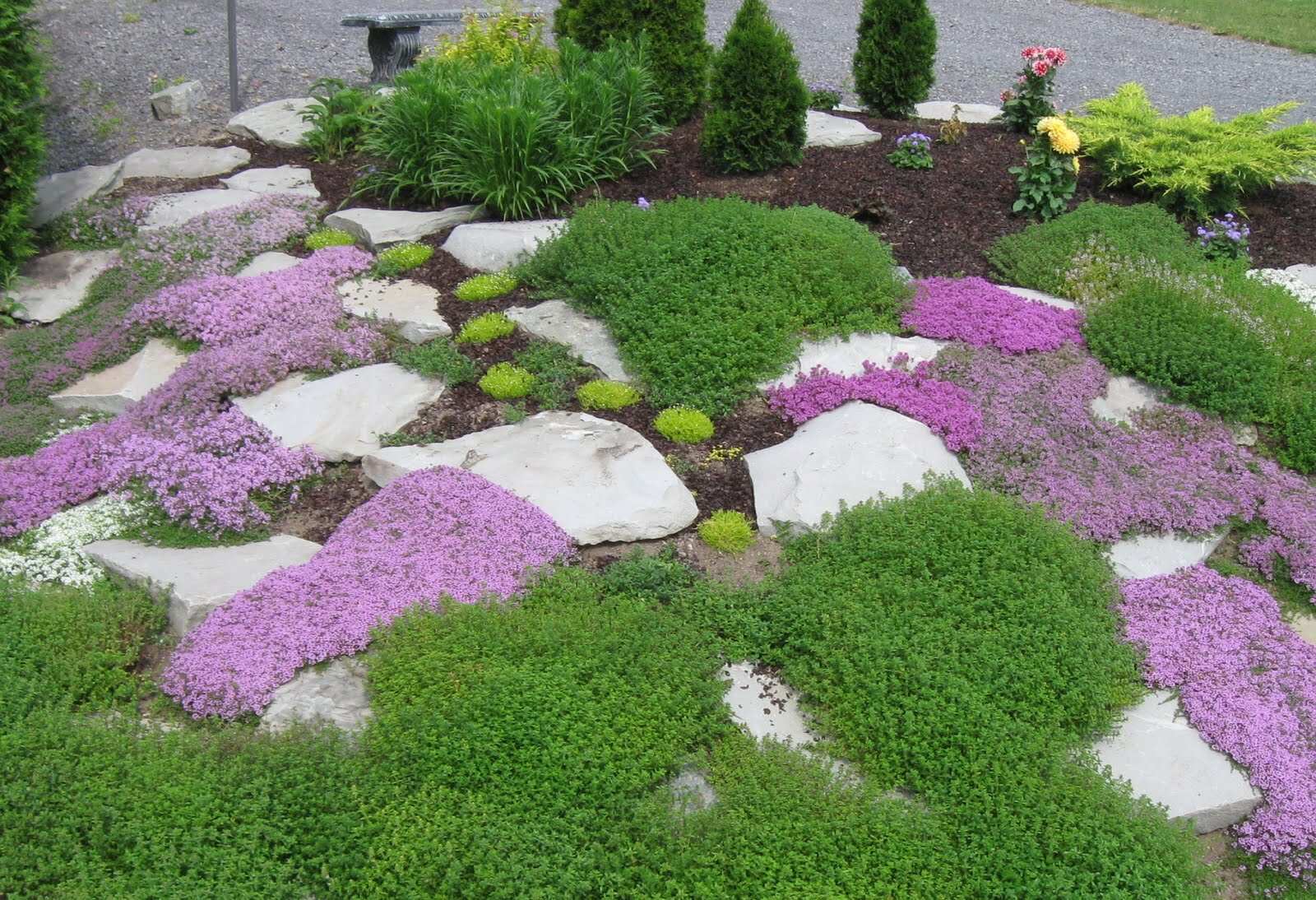
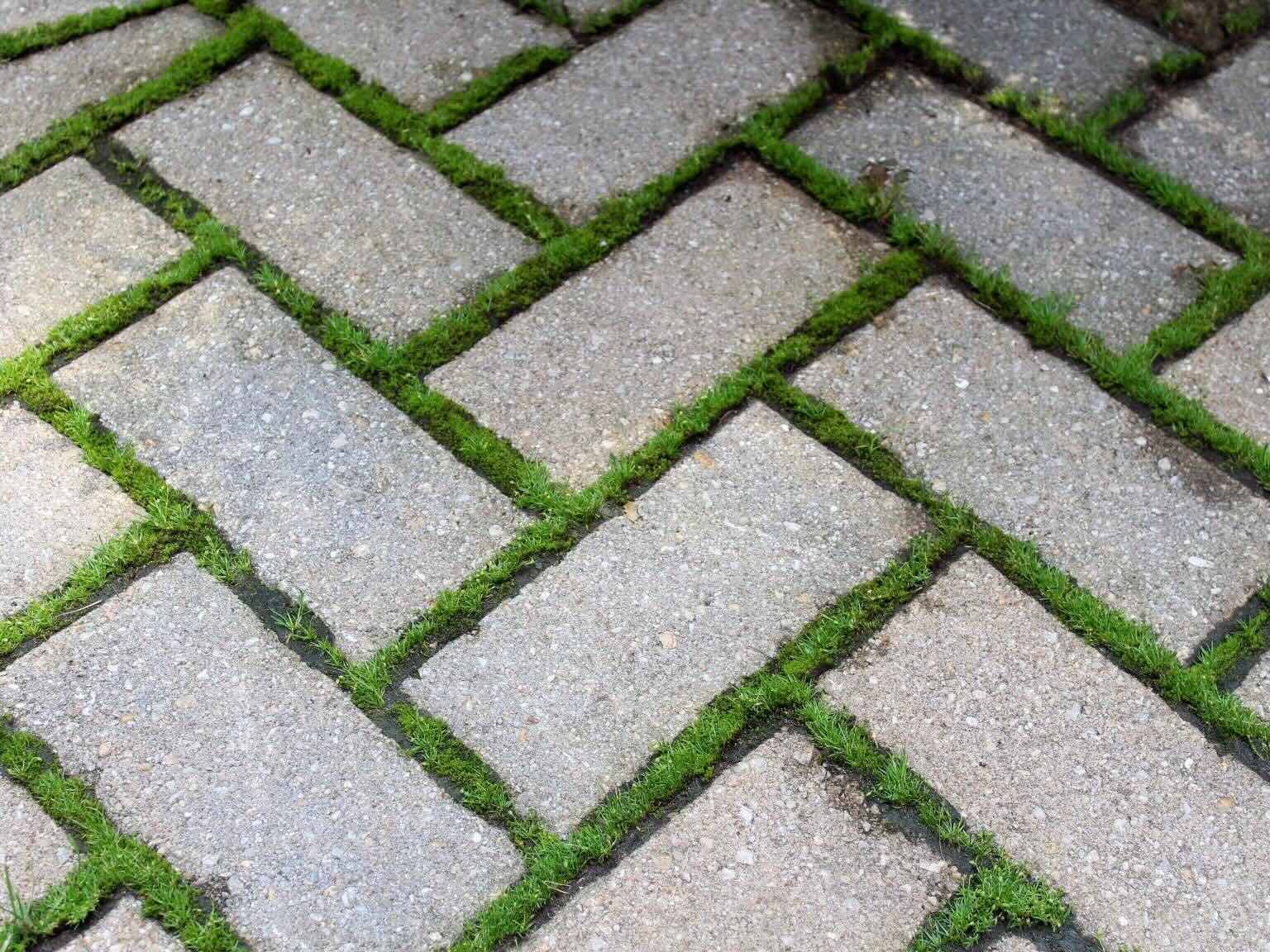
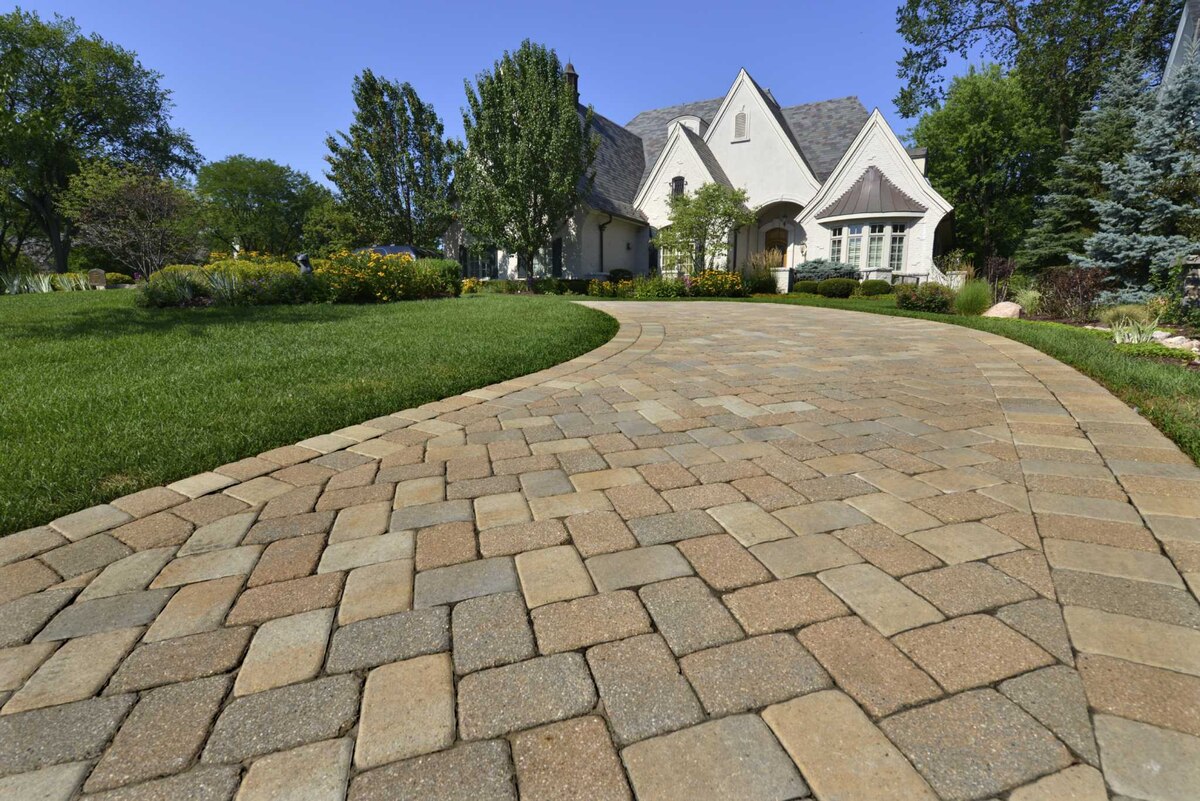
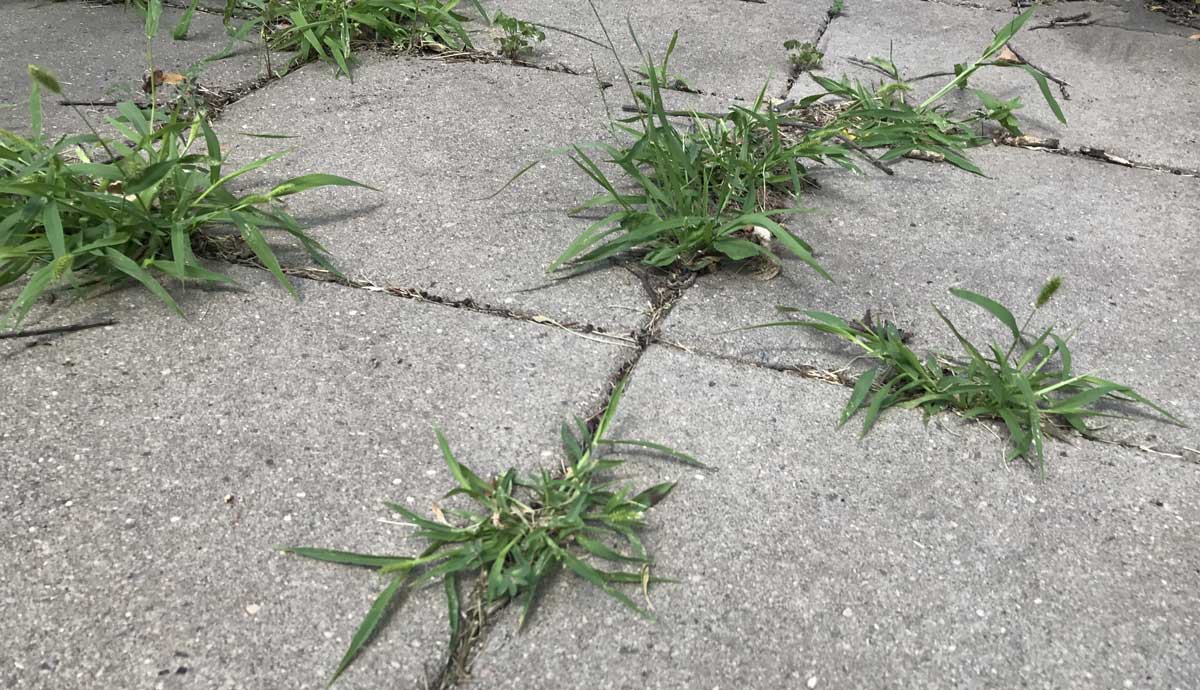
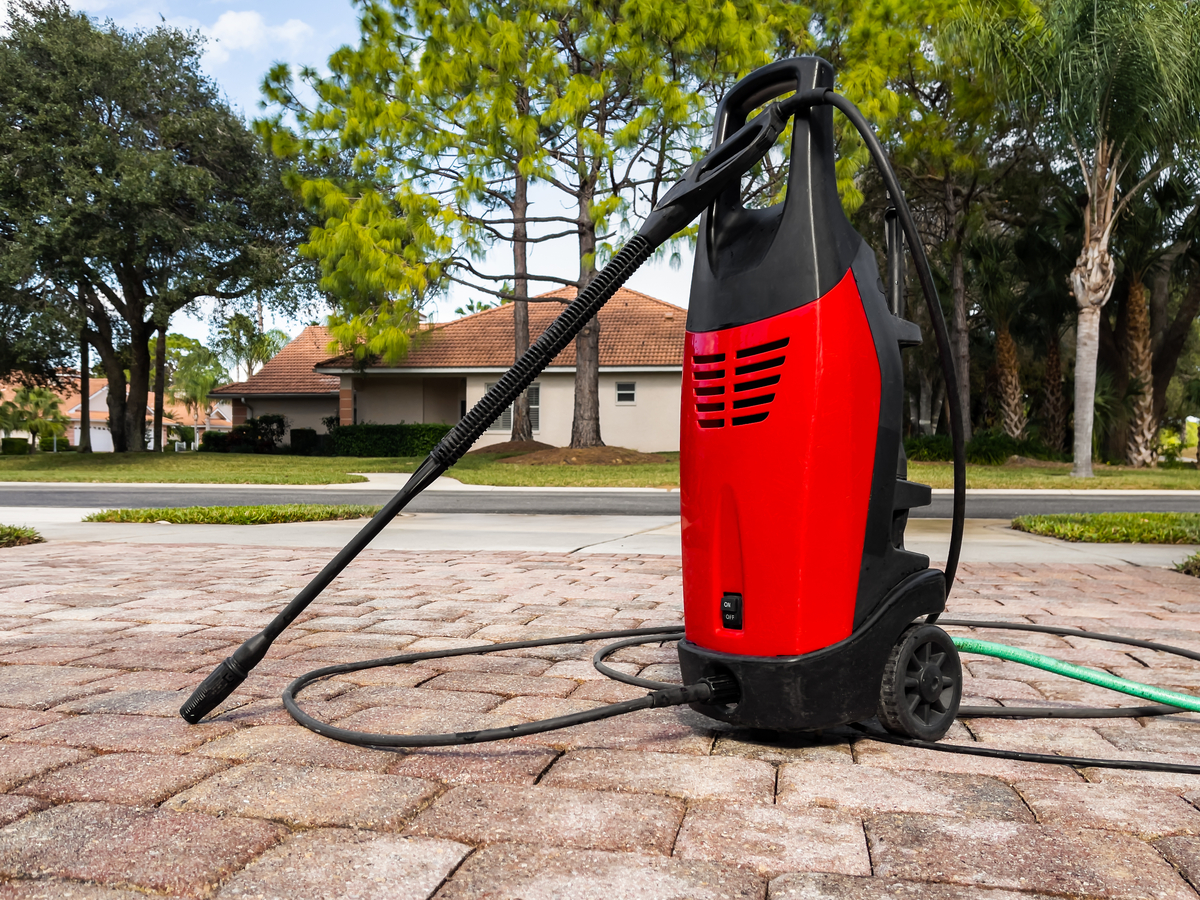
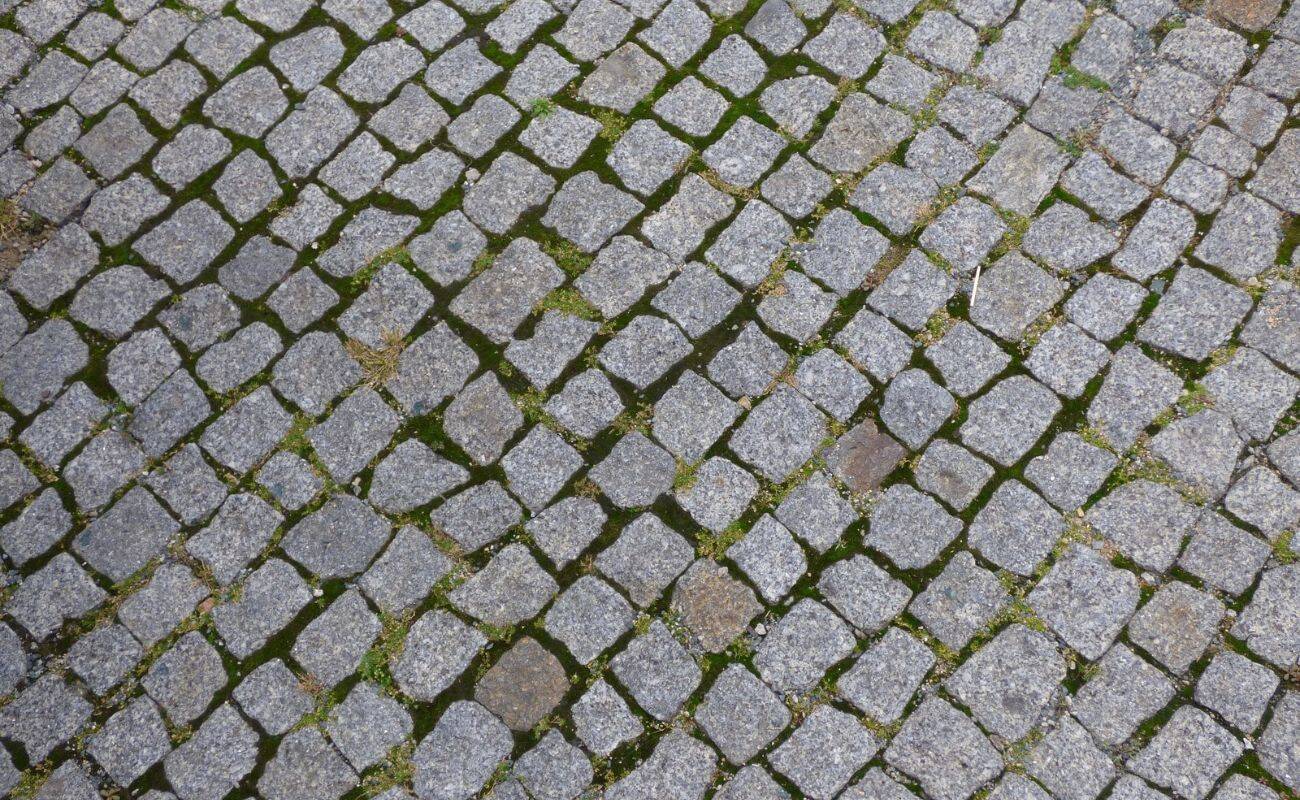
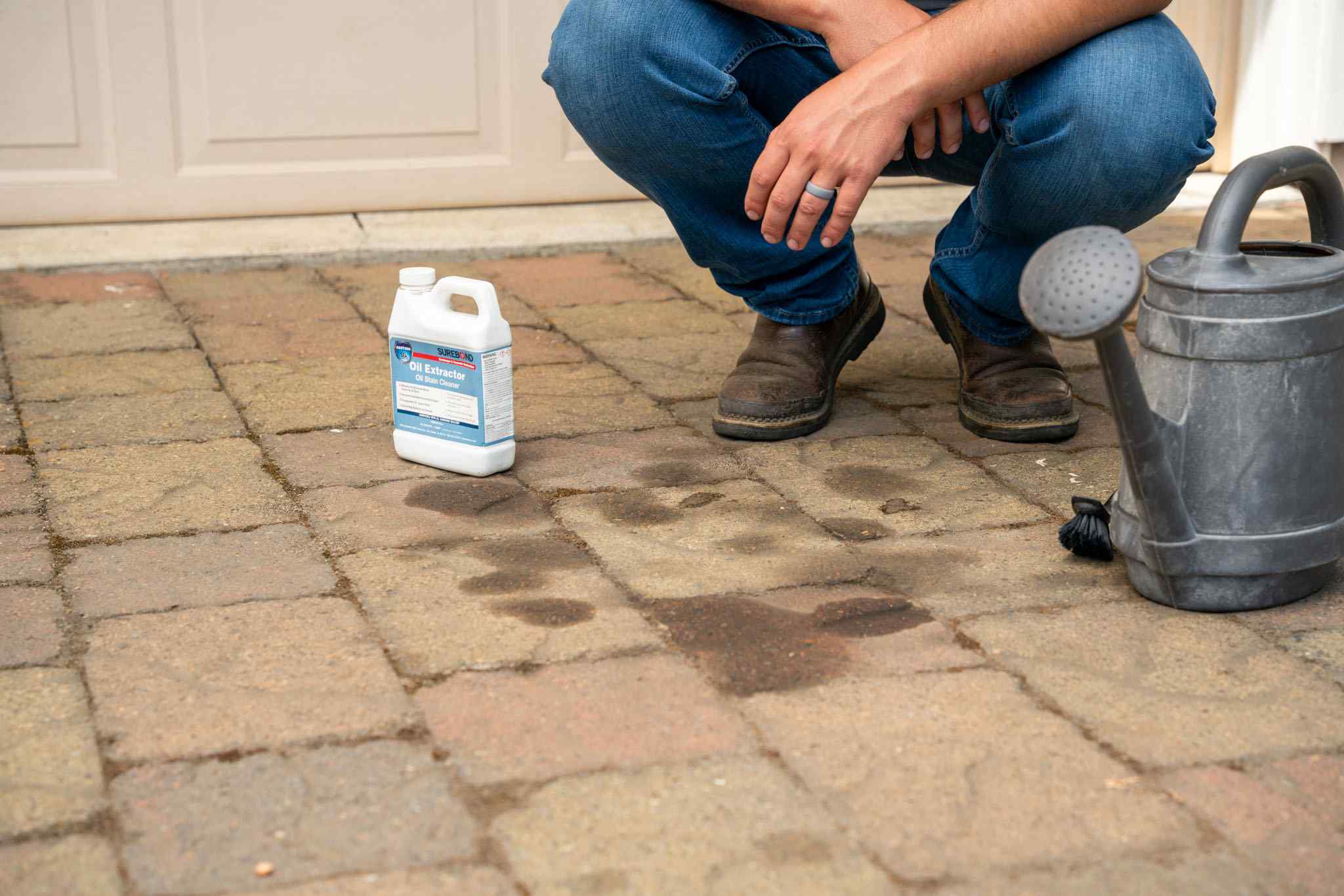
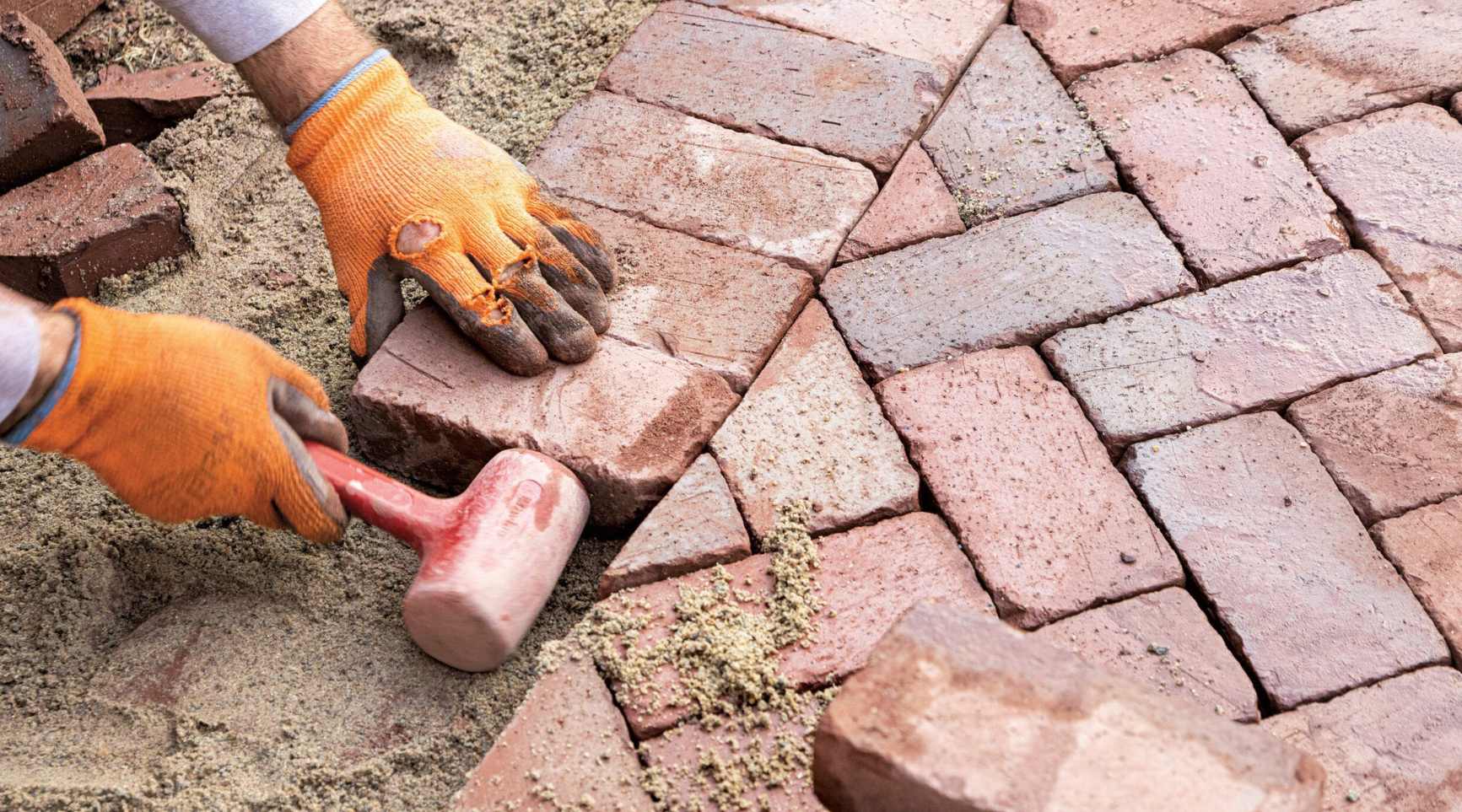
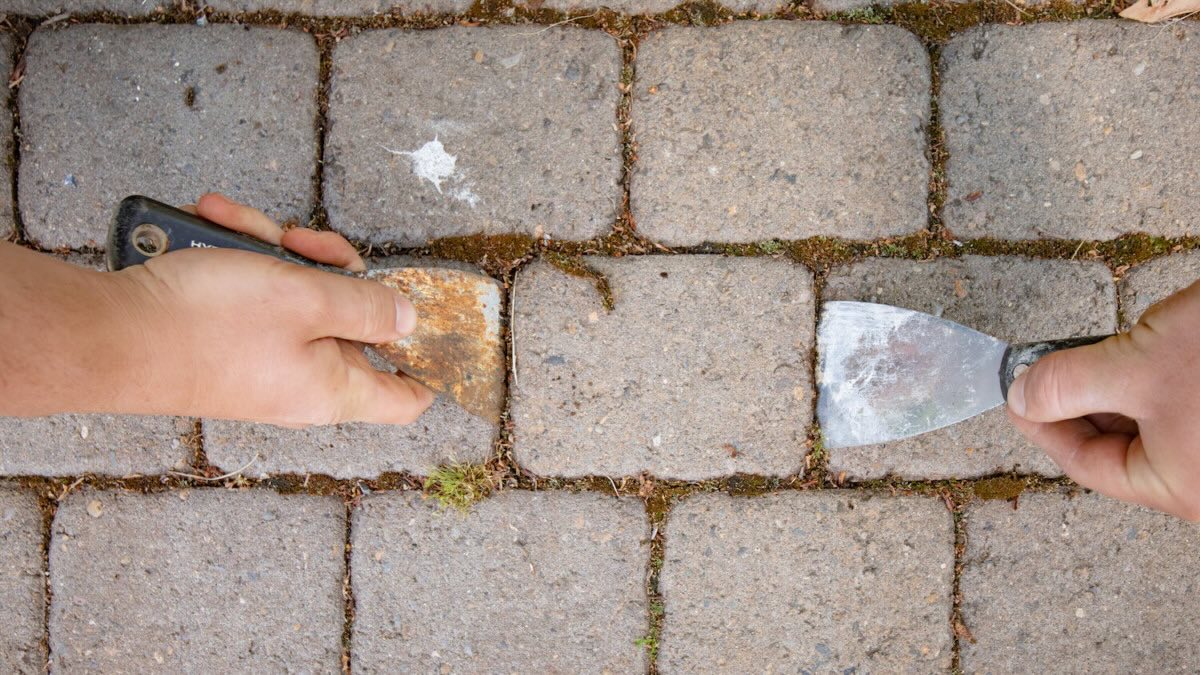
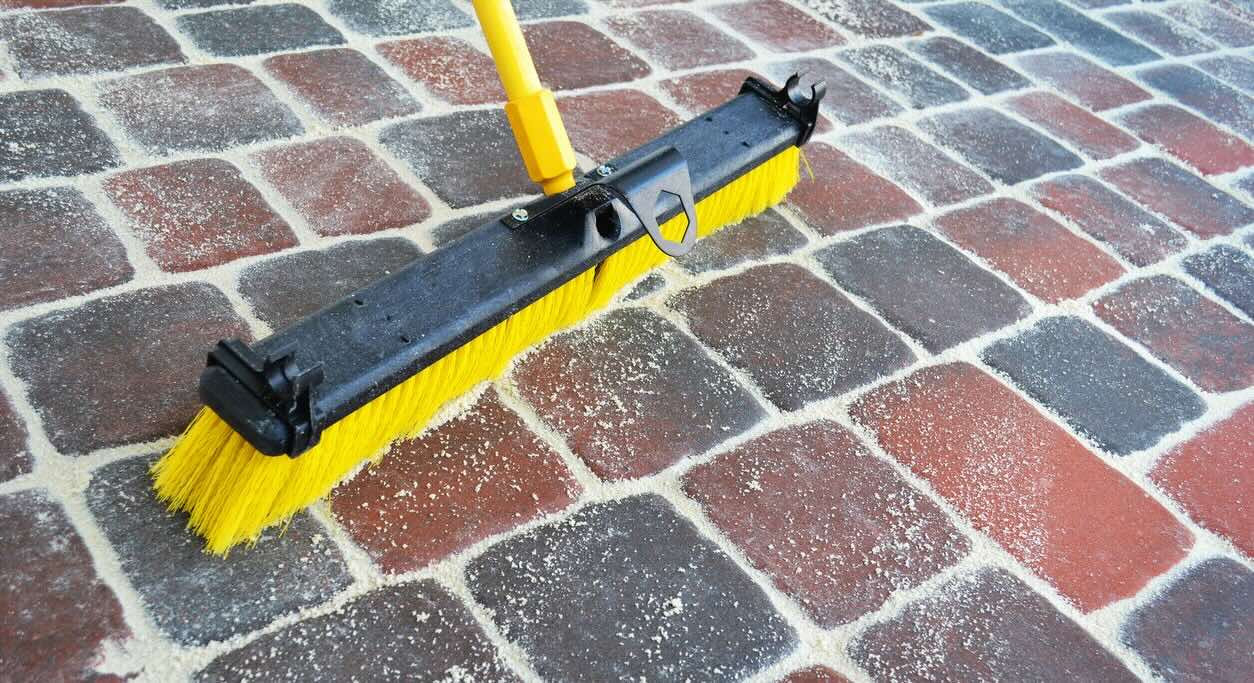
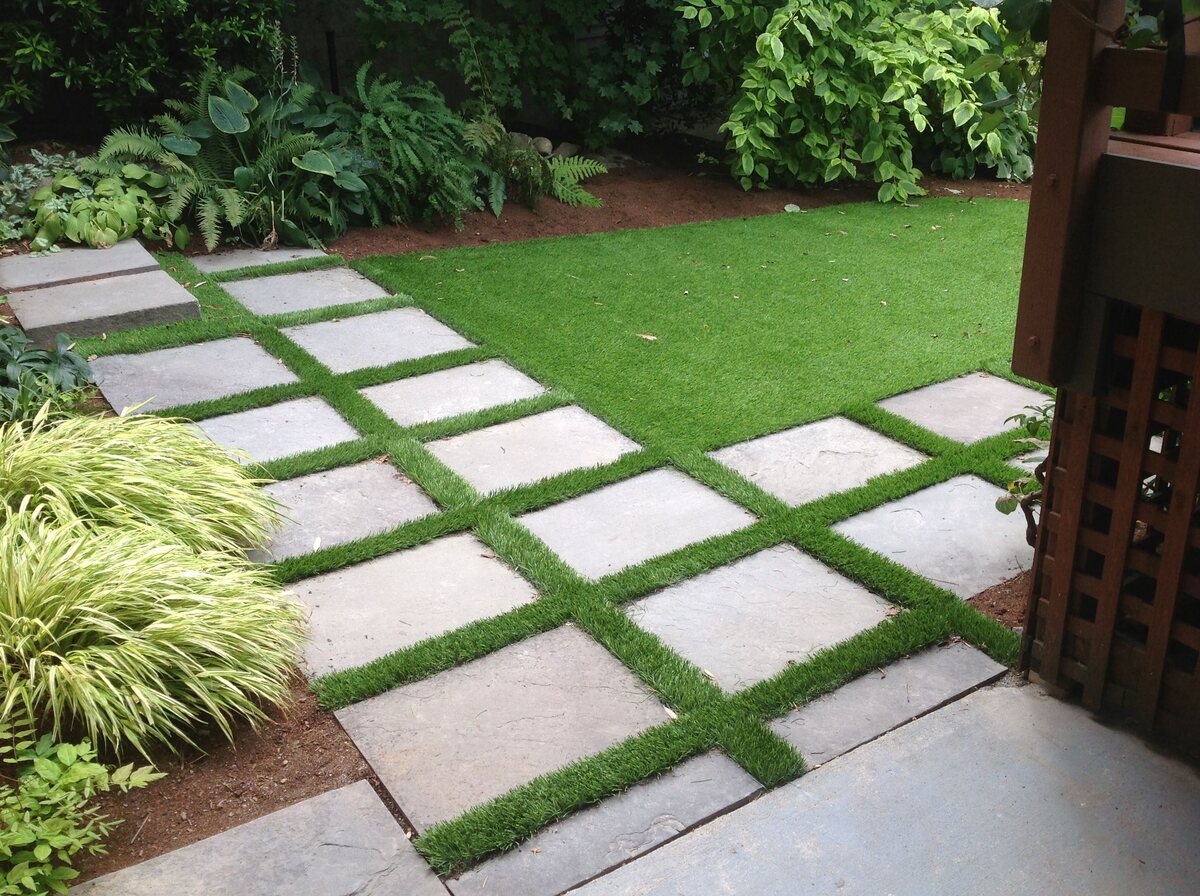
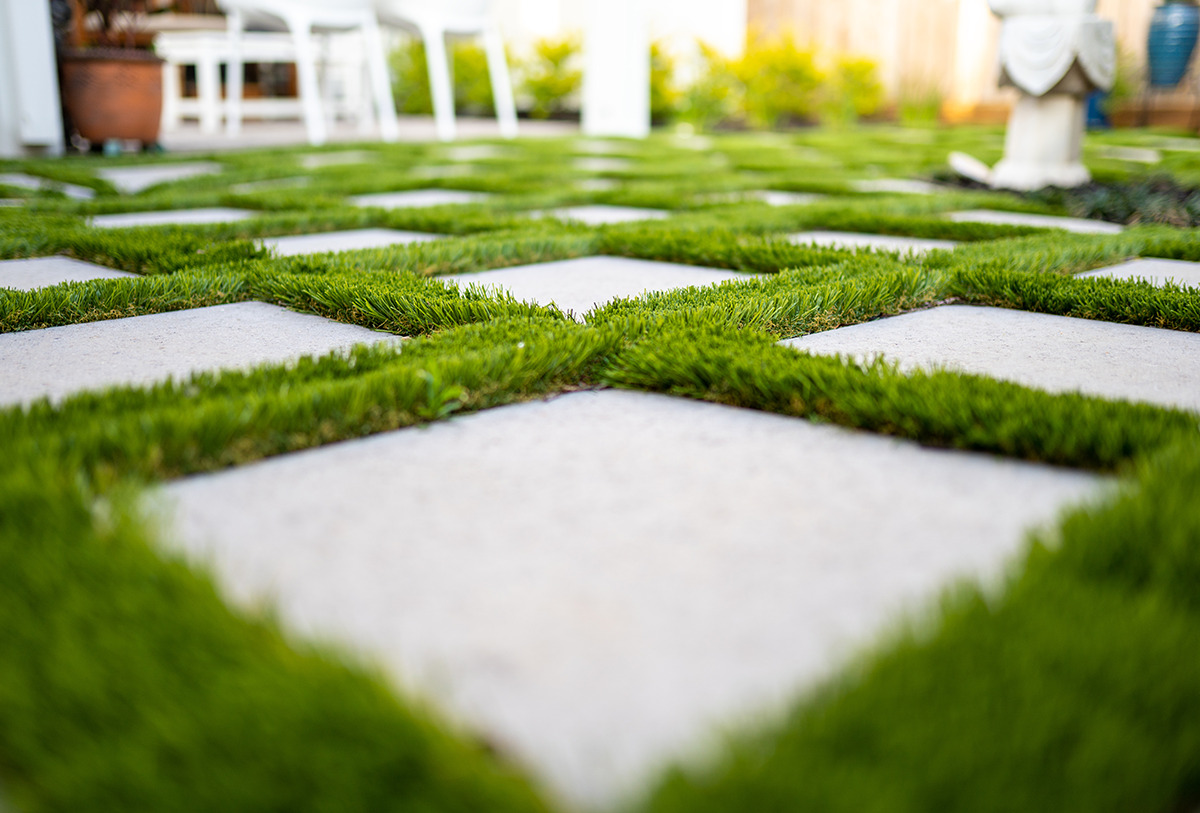
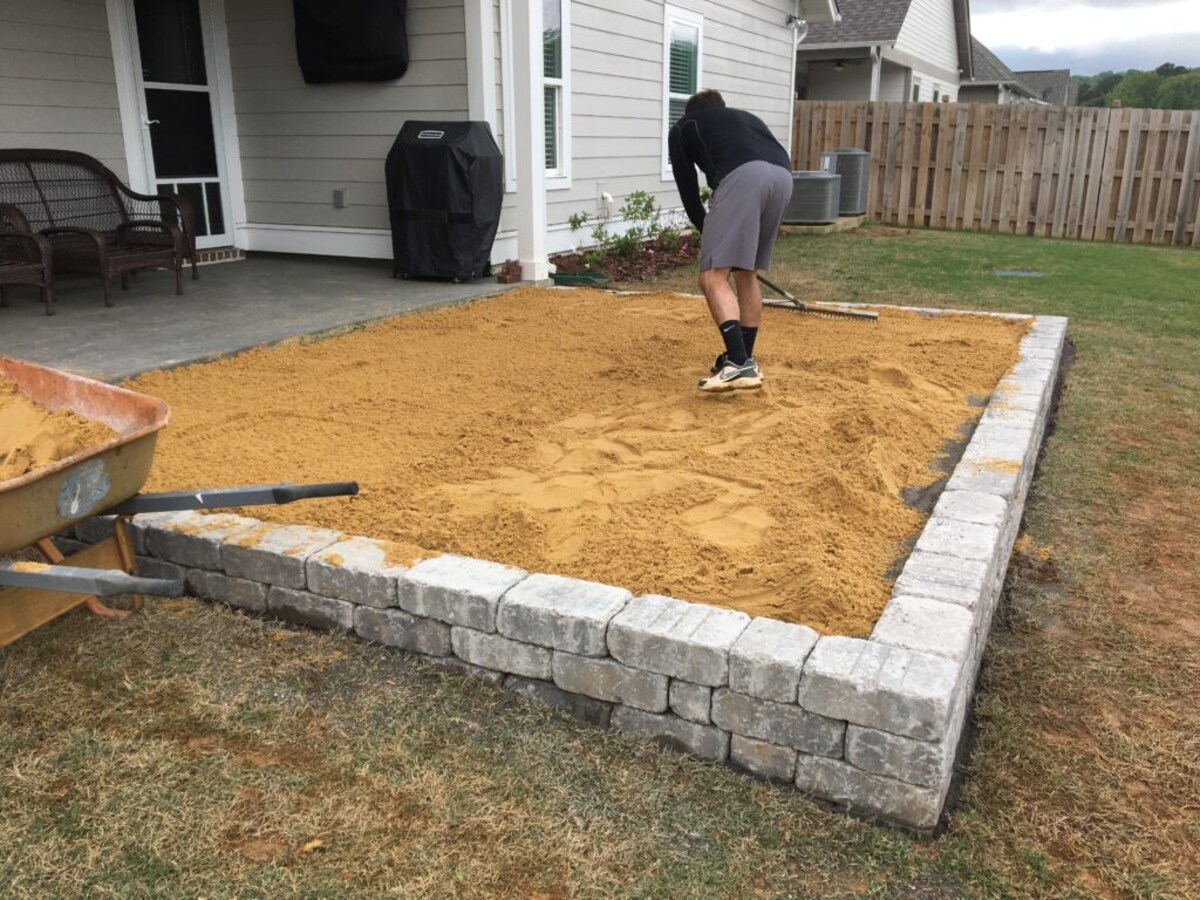
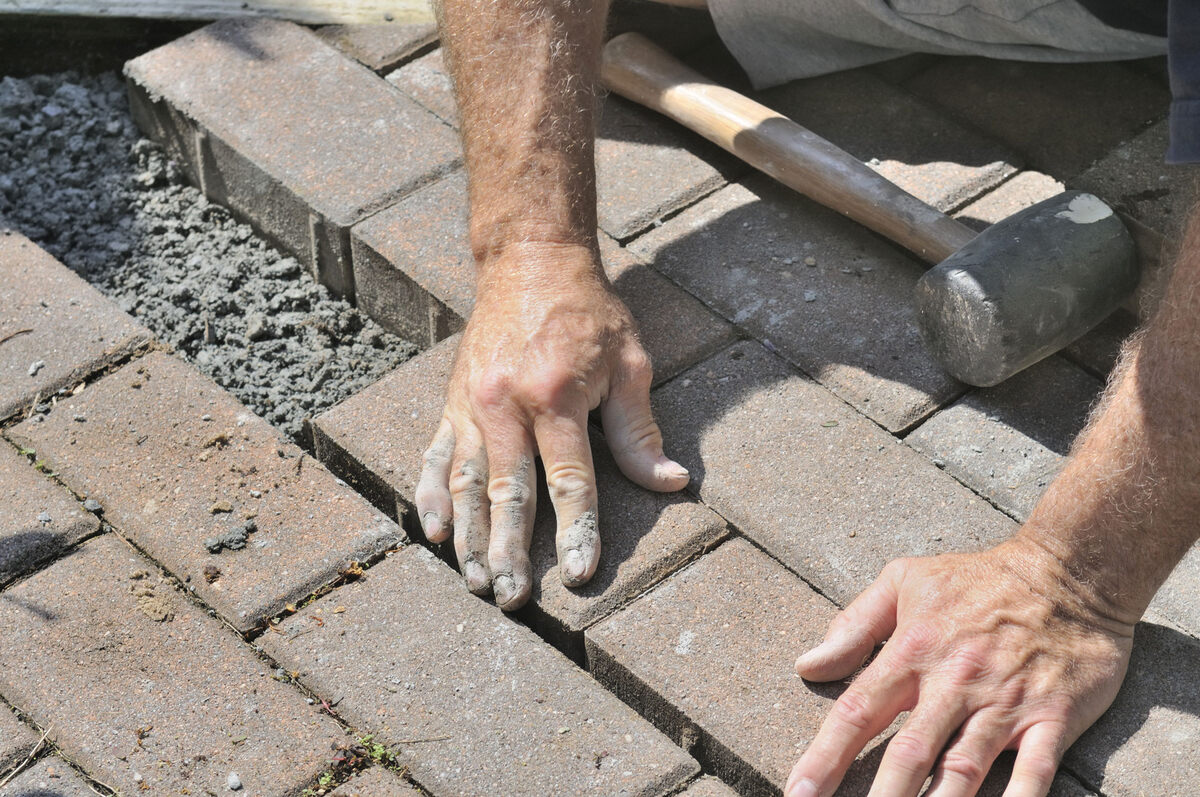

0 thoughts on “How To Remove Grass Between Pavers”